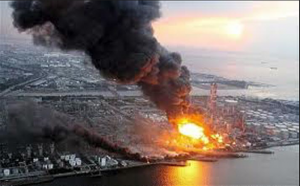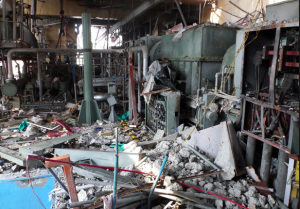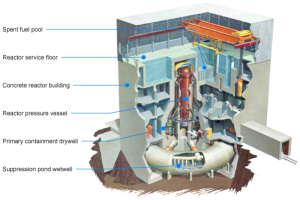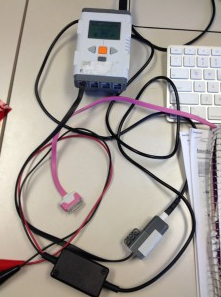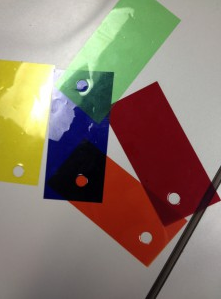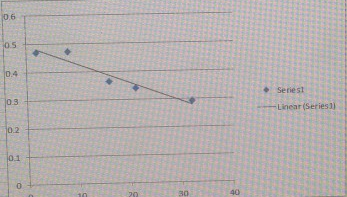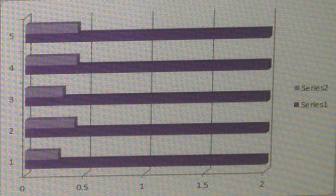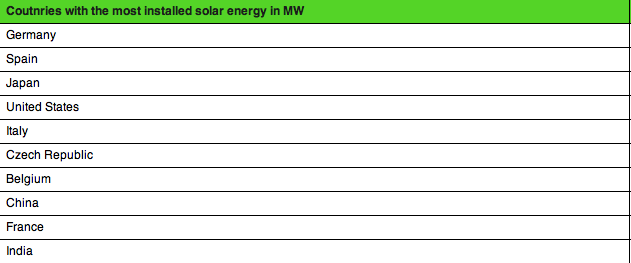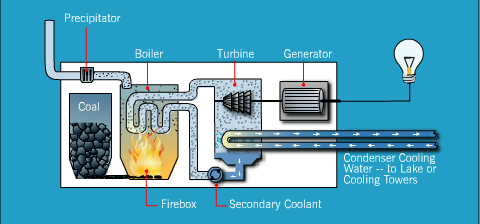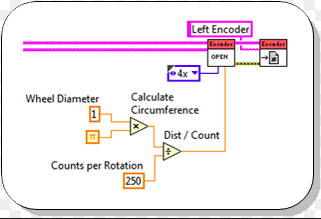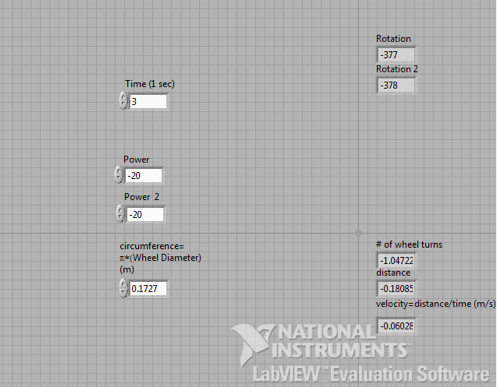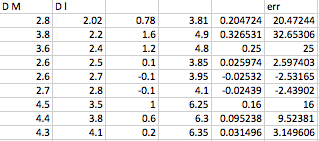Upon initial research on Germany’s green energy policy, I was very surprised to see that it was a policy that was not going well at all . This was shocking because one would think that any move towards green energy in today’s day and age would be positive and an improvement. After reading many articles, however, I found that this “improvement” in energy actually turned out to be a fluke.
The whole idea behind Germany’s green energy policy, or as they call it, Energiewende, which means energy transformation, is to transition from nuclear and fossil fuels to renewable energy sources in order to reduce green house gas emissions. This policy came into consideration in the 80s, was put into policy in 2000, and became increasingly more prominent after the Fukushima disaster in March 2011. As a result of the hurried pace of the policy, Chancellor Angel Merkel was forced to end nuclear power, closing seven reactors, which was initially set by the government to phase out by 2022. In The Economist’s article on Germany’s green energy policy, it states that “Germany reaffirmed its clean-energy goals—greenhouse-gas emissions are to be cut from 1990 levels by 40% by 2020 and by 80% by 2050—but it must now meet those targets without nuclear power.” Clearly, Germany’s ambitious goals of cutting greenhouse gas emissions are now going to be more difficult as their Energiewende poses many problems for the government’s plan. Even the chancellor herself admits that Germany may be in too deep, calling the policy a “Herculean task”.

Although this image from theenergyconnective.com, which was featured on the front page of The Washington Post, makes Germany’s policy appear attractive and functional, there are facts that state otherwise.
First, let’s consider that Germany produced more energy by coal than it has in a quarter century! While the government’s policy claims to be seeking new renewable energy sources, it is evident that Germany has spent much of its’ time and resources mining for coal instead of looking for sources of green energy.

This comic, featured in dissentmagazinge, shows the irony of how Germany’s plans to help the country have blown up in their faces (quite literally). The smoke is representative of all of the excess coal it has been burning in the process of looking for new energy sources, which has lead to a rise in CO2 levels.
Next, there’s the fact that as a result of this coal burning, carbon dioxide levels have grown increasingly larger. According to the-american-interest.com, “Germany’s carbon dioxide emissions, which rose from 917m tonnes in 2011 to 931m tonnes in 2012, are estimated to show an increase of 20m tonnes when figures are tallied for last year.” This is a huge increase that seems to be going in the opposite direction of the ultimate goal of the Energiewende!

Furthermore, the costs are rising very fast, which may pose yet another problem to the policy. Germany’s minister of public economics that the country’s energy intensive industry may begin to look for cheaper prices as prices are estimated to climb to $32 billion in 2014 alone and will continue to climb upward.
Ultimately, Germany’s green energy policy is a big controversy throughout the world-it is even under investigation by the European Union for said policy. The Economist writes that, “it is hard to think of a messier and more wasteful way of shifting from fossil and nuclear fuel to renewable energy than the one Germany has blundered into. ” This is due to the fact that the prices are high and will continue to grow, there are many risks involved, and some effects are already doing the exact opposite of what was intended. In fact, there may be a larger number of greenhouse gas emissions than was initially intended as well. However, some say that Germany can turn this around and become a leader in green energy. Perhaps there will be a transformation, or perhaps the Energiewende will, in fact, be a failure. While most evidence seems to push for a more negative outcome, one must always keep the positive in mind and have hope. Perhaps we will see Germany transform before our eyes-Only time will tell!
http://www.economist.com/node/21559667
http://hotair.com/archives/2013/12/19/germany-under-investigation-for-their-green-energy-policies/
http://www.the-american-interest.com/blog/2014/01/09/end-result-of-germanys-green-energy-policy-more-coal/
